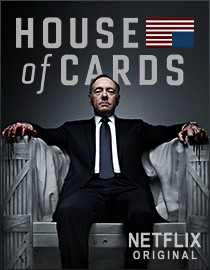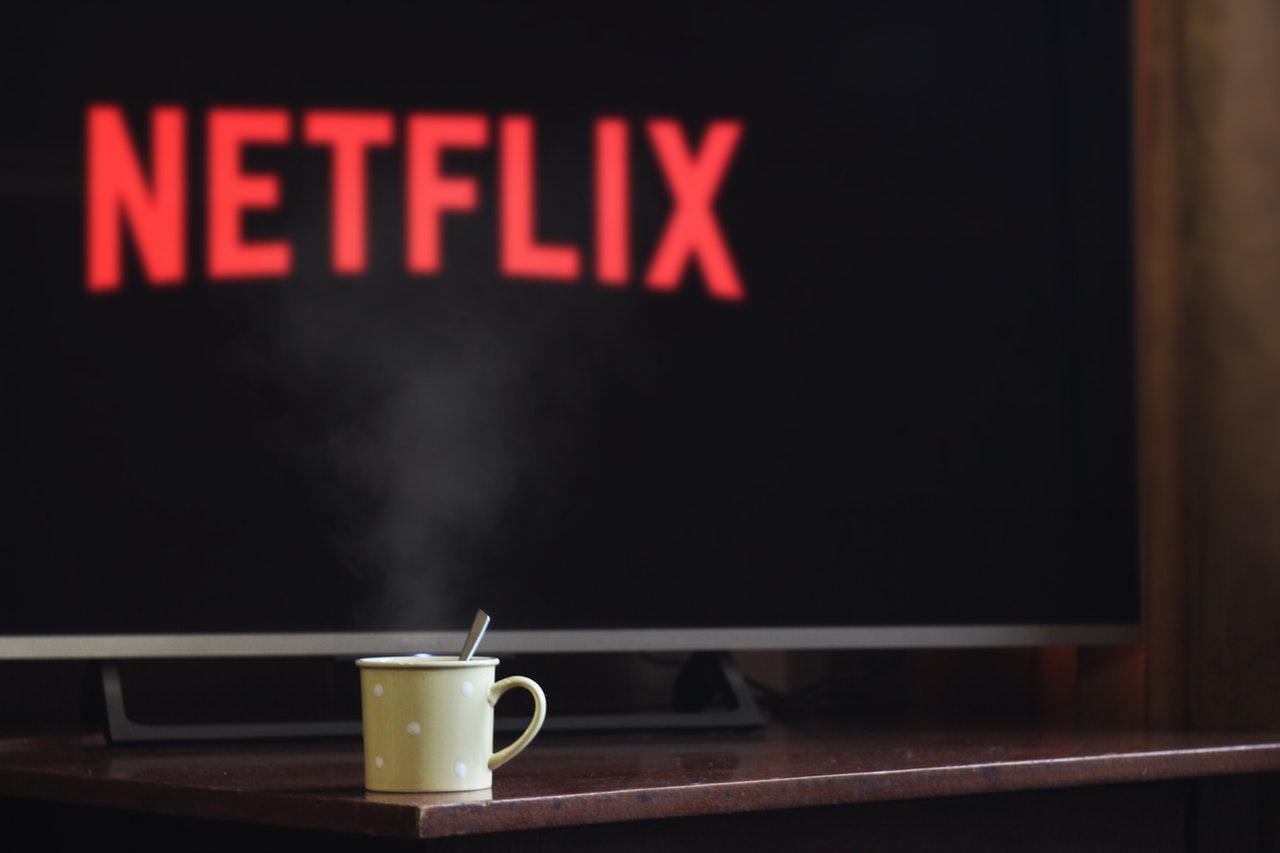Is House of Cards the Future of Cultural Programming?
Last week, Barry Hessenius interviewed Jamie Bennett, chief of staff and director of public affairs at the NEA, about his thoughts on the arts and culture landscape as Rocco Landesman’s chairmanship comes to a close. When asked about the most critical issues facing the field in the near-to-mid term future, Jamie responded with some thoughts on preference discovery engines:
[W]e have to look at preference discovery engines. There are three basic kinds: Amazon’s, based on patterns of behavior (people who bought X also bought Z); Facebook’s, based on personal relationships (I am friends with X; X likes Y; I might like Y); and Pandora’s, based on inherent qualities (song A has X, Y, and Z characteristics, and so does song B). I think if we could create a cross-disciplinary Pandora, it would revolutionize audience development. Can you imagine an algorithm that takes a person who listens to jazz music and enjoyed reading The Color Purple and suggests that that person might also enjoy seeing Bill T. Jones’s company dance? It would be revolutionary.
I agree with Jamie that the field needs to get smarter about preference discovery as a mechanism for audience development, and that technology has a huge role to play. I only half agree with his analysis of the landscape, however.
Unmentioned here is the most powerful, accurate, and widely used preference discovery engine currently in existence: Netflix. You could argue that Netflix falls into the “Amazon” category, in that it relies on patterns of behavior. But Netflix’s approach is vastly more sophisticated and relies on far more data than past purchasing history. It considers ratings, viewing behavior (including things like where and for how long users pause a movie), queue construction, and other user-driven behaviors. But it also cross-references that massive data set with a Pandora-like understanding of content characteristics (e.g., it knows that The Big Lebowski is directed by the Coen Brothers, stars Jeff Bridges, and is considered a “cult comedy”).
This is the land of Big Data, and Netflix puts it to practical use like few others. Telling me that because I liked The Color Purple I might like Bill T. Jones isn’t so impressive. Telling me that because I liked Sports Night I might like Margin Call (as Netflix recently advised me) is a more ambitious leap requiring subtler analysis. My hunch is that it’s also more likely to be accurate.

But where things really get interesting — and where the implications for the arts get deeper and more complicated — is when this analysis is used to drive new content development. That’s exactly what happened with Netflix’s new original series House of Cards. As Andrew Leonard wrote in a feature on Salon:
Netflix has been explicit about its plans to exploit its Big Data capabilities to influence its programming choices. “House of Cards” is one of the first major test cases of this Big Data-driven creative strategy. For almost a year, Netflix executives have told us that their detailed knowledge of Netflix subscriber viewing preferences clinched their decision to license a remake of the popular and critically well regarded 1990 BBC miniseries. Netflix’s data indicated that the same subscribers who loved the original BBC production also gobbled down movies starring Kevin Spacey or directed by David Fincher. Therefore, concluded Netflix executives, a remake of the BBC drama with Spacey and Fincher attached was a no-brainer, to the point that the company committed $100 million for two 13-episode seasons.
That’s right: Netflix bet $100 million on its first-ever experiment with algorithmically-determined original programming. It’s too early to say whether the bet will pay off financially, but early reviews suggest the show itself is pretty darn good.
This is pretty different from how we do it in the arts, right? Any artistic director with an ounce of integrity would cringe at the idea that market research should drive programming decisions. Yet we’re fooling ourselves if we believe we’re entirely “above” such things. When a ballet company presents its annual Nutcracker it’s doing the same thing as Netflix, just in a cookie-cutter manner and guided by received wisdom rather than cutting-edge data crunching. At the same time, I must admit that I’ve seen some damn fine Nutcrackers. If they aren’t pushing any envelopes, they can still be expertly and lovingly crafted by artisan choreographers. This raises a critical question that is at once timeless and extremely timely:
What exactly is the dividing line between respecting your audience’s taste and shameless pandering? With all the hand-wringing over dwindling arts audiences, should it be blasphemy to suggest that we try harder to give them what they want? That’s what every other business on earth does, after all. Of course, a mission-driven arts organization is, in theory, serving a higher (or at least different) purpose as well. If you’re going to descend into full-bore populism, why stop at the Nutcracker or House of Cards? Why not produce another Jersey Shore and actually make a buck or two?
This is a real challenge, but a false dichotomy. I’m certain we can pivot towards greater respect for our audience’s taste preferences without compromising our artistic integrity. What’s more, there’s no reason that accessible art can’t still challenge its audience and move the needle of mainstream aesthetic expectations. As I said in my own Barry’s Blog interview a few years ago:
[T]he tension between aesthetic integrity and popular appeal is overblown. All too often this ostensibly irreconcilable conflict serves as a convenient excuse for vapid artistic pretension, incompetent marketing, or both. Shakespeare was the most popular playwright of his day, and he sold a lot of tickets.
I’m guessing House of Cards will bag a few viewers as well. The next decade will undoubtedly see the emergence of preference discovery technology in the arts in a big way. How much that matters depends partly on what role you play in the ecosystem. Are you a modern dance company formed around the vision and brand of a specific choreographer? If so, then you can probably benefit from the insights this tech provides without letting it dictate your creative choices. But what if you’re a regional arts organization with a mission to “serve the community”? In that case, I’d argue you ought to take this stuff very seriously indeed.
About Adam Huttler
Adam Huttler is the founder and Managing General Partner of Exponential Creativity Ventures. As a six-time founder, his career’s through-line has been about helping mission-driven companies use technology to drive innovative revenue strategies. Adam is best known as the founder of Fractured Atlas, a social enterprise SaaS platform that helps artists and creative businesses thrive.


